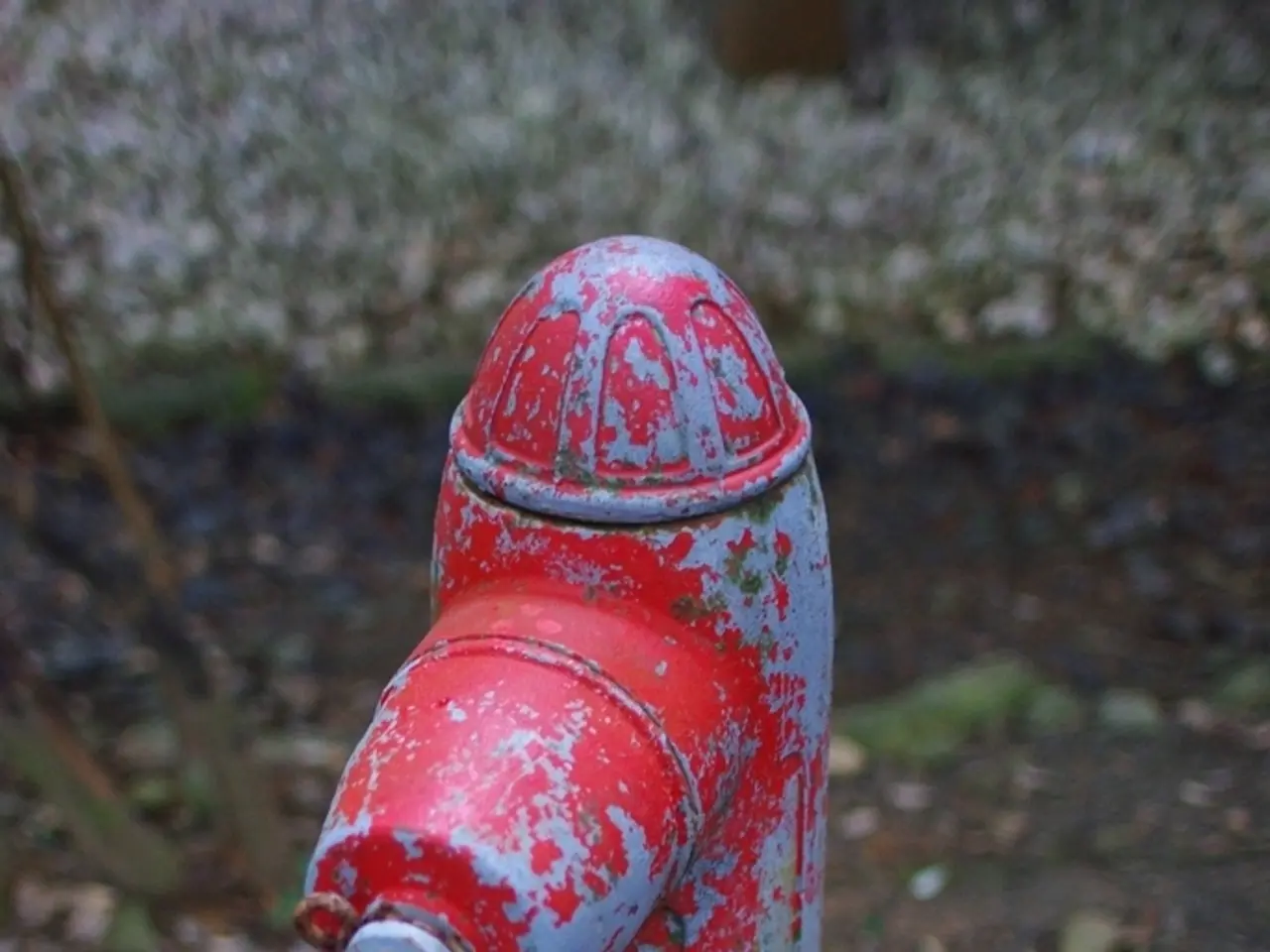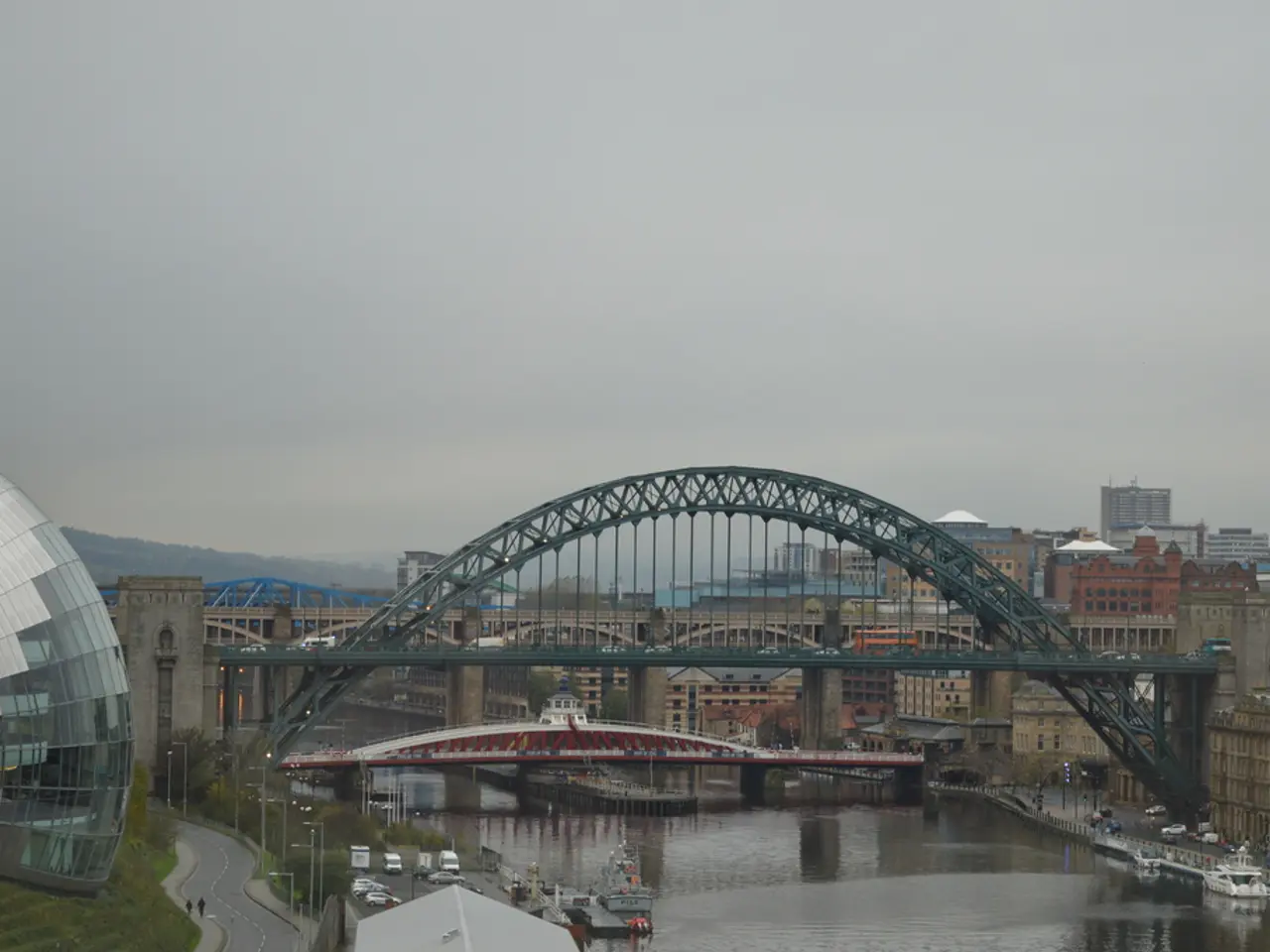Hydrogen Pipeline Innovation Recognized: H2C Safety Pipe Inc triumphs in Phase 1 of DOE's MAKE IT Prize competition
H2C Safety Pipe Inc., a subsidiary of H2 Clipper Inc., has made significant strides in the development of their double-wall fiber-reinforced polymer (FRP) pipe technology. This innovation is designed to enable safer, lower-cost, and more efficient hydrogen pipelines.
In Phase 2 of the U.S. Department of Energy’s (DOE) MAKE IT Prize competition, H2C Safety Pipe Inc's technology has been progressing through development and validation stages. The focus has been on demonstrating the pipe's enhanced safety features, resistance to hydrogen embrittlement, and overall cost-effectiveness compared to traditional metal pipelines.
During Phase 2, H2C Safety Pipe Inc has been refining manufacturing methods for their double-wall FRP pipes to ensure scalability and consistent quality. They have conducted rigorous testing to validate hydrogen permeability resistance, structural integrity under pressure, and long-term durability in real-world conditions. The design has been optimized to reduce installation and maintenance costs, aiming to lower the total cost of ownership for hydrogen infrastructure.
Collaboration with technical partners and stakeholders has been crucial in aligning the product with industry standards and regulatory requirements for hydrogen transport. The patented pipe-in-pipe technology of H2C Safety Pipe Inc. is revolutionizing hydrogen safety and enabling broader use of existing pipelines for hydrogen delivery.
The team's proposal seeks to eliminate an installation step, saving additional time and reducing overall cost while maintaining all advantages demonstrated in the prototype. This progress positions H2C Safety Pipe Inc’s technology as a promising candidate for commercial deployment pending successful completion of Phase 3, which will focus on field demonstrations and further performance validation.
The MAKE IT Prize, developed by the DOE's Office of Technology Transitions, Office of Clean Energy Demonstrations, and administered by the National Renewable Energy Laboratory, aims to catalyze the domestic manufacturing of clean energy technology components. H2C Safety Pipe Inc. won Phase 1 of the competition for their innovative hydrogen pipeline technology, and the Safer Hydrogen Pipelines Team was awarded $500,000 for their plan to retool and re-equip NOV's facility in Houston, Texas.
The technology enables full capture of 100% of hydrogen leakage and continuous monitoring of the pipeline, offering significant potential for safer and more economically viable hydrogen pipelines. H2C's Safety Pipe technology aims to safely and efficiently transport hydrogen using double-walled piping with an inert "sweep gas".
For the latest news about the hydrogen market, visit our website. The source for the news about H2C Safety Pipe Inc. winning Phase 1 of the DOE's MAKE IT Prize is provided. The victory was in the Facilities Track of the MAKE IT Prize, and H2C Safety Pipe Inc. and NOV Fiber Glass Systems are anticipating that their pipe technology will be a key component for future DOE Hydrogen Hub projects.
- H2C Safety Pipe Inc., following their success in Phase 1 of the DOE's MAKE IT Prize, is eagerly anticipating their technology becoming a key component for future DOE Hydrogen Hub projects, aiming to contribute significantly to the domestic manufacturing of clean energy technology components and the broader use of hydrogen pipelines for clean energy.
- As a promising candidate for commercial deployment, H2C Safety Pipe Inc.’s innovative hydrogen pipeline technology, featuring their patented pipe-in-pipe design, offers potential for clean energy, industry, and finance, with enhanced safety features, reduced costs, and improved efficiency in comparison to traditional metal pipelines.
- The focus of H2C Safety Pipe Inc’s technology development and validation stages lies not only in demonstrating the pipe's functional advantages but also in aligning the product with industry standards and regulatory requirements for clean energy transportation to make the transition to clean energy more viable for the technology and finance sectors.




